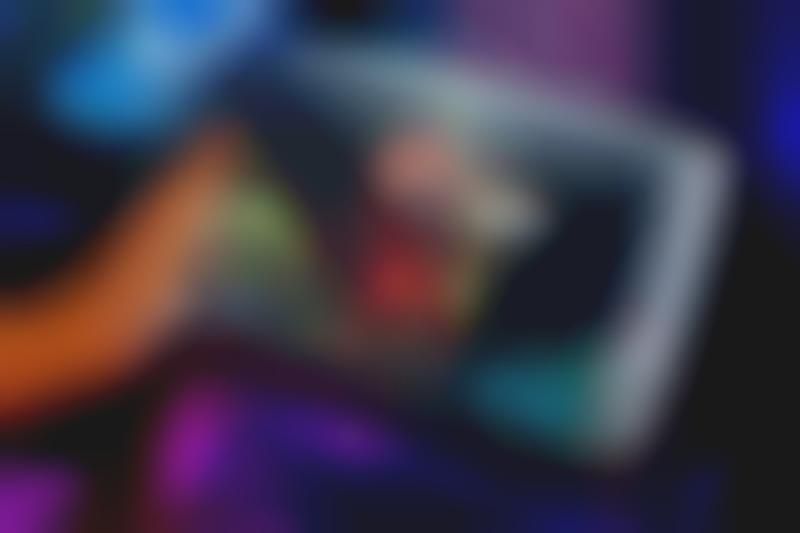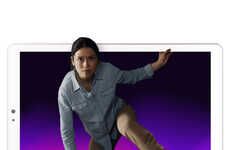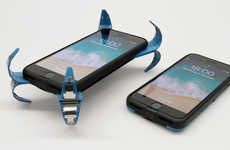
The Looking Glass Display Offers Headset-Free Holograms
Justin Lam — August 28, 2018 — Tech
References: techcrunch & yankodesign
Holographic projections often require the use of VR goggles or AR gimmicks, but the Looking Glass display promises 3D virtual imagery without the use of any vision augmenting hardware. Instead, this feat is pulled off using a proprietary lenticular display that blends 45 angles of any given 3D figure into a single point. This allows viewers to view the model from the front, sides, top, and bottom with results far better than any existing conventional 3D displays.
The Looking Glass display is still not quite ready for the commercial market but its applications are already being considered in professions that rely on CAD modeling, including architecture, industrial design, and even game design. The Looking Glass display also has the capability to connect to a Nintendo Switch joycon or a Leap Controller letting users interact with models in a more intuitive and organic way.
Image Credit: Looking Glass
The Looking Glass display is still not quite ready for the commercial market but its applications are already being considered in professions that rely on CAD modeling, including architecture, industrial design, and even game design. The Looking Glass display also has the capability to connect to a Nintendo Switch joycon or a Leap Controller letting users interact with models in a more intuitive and organic way.
Image Credit: Looking Glass
Trend Themes
1. Headset-free Holograms - The Looking Glass display offers holographic 3D virtual images without the need for VR or AR headsets, creating opportunities for immersive experiences.
2. Proprietary Lenticular Display - The use of a proprietary lenticular display in the Looking Glass offers a superior viewing experience for 3D figures, disrupting traditional 3D displays.
3. Interactive Model Interaction - The Looking Glass display's compatibility with devices like Nintendo Switch joycons and Leap Controllers opens up possibilities for intuitive and organic model interaction.
Industry Implications
1. CAD Modeling - The Looking Glass display has potential applications in CAD modeling for architecture, industrial design, and game design, revolutionizing the way models are viewed and interacted with.
2. Virtual Reality - The headset-free holographic capabilities of the Looking Glass display could disrupt the virtual reality industry by providing a more accessible and immersive experience.
3. Technology Hardware - The development and commercialization of the Looking Glass display could disrupt the technology hardware industry by introducing a new type of 3D display technology.
6.4
Score
Popularity
Activity
Freshness























